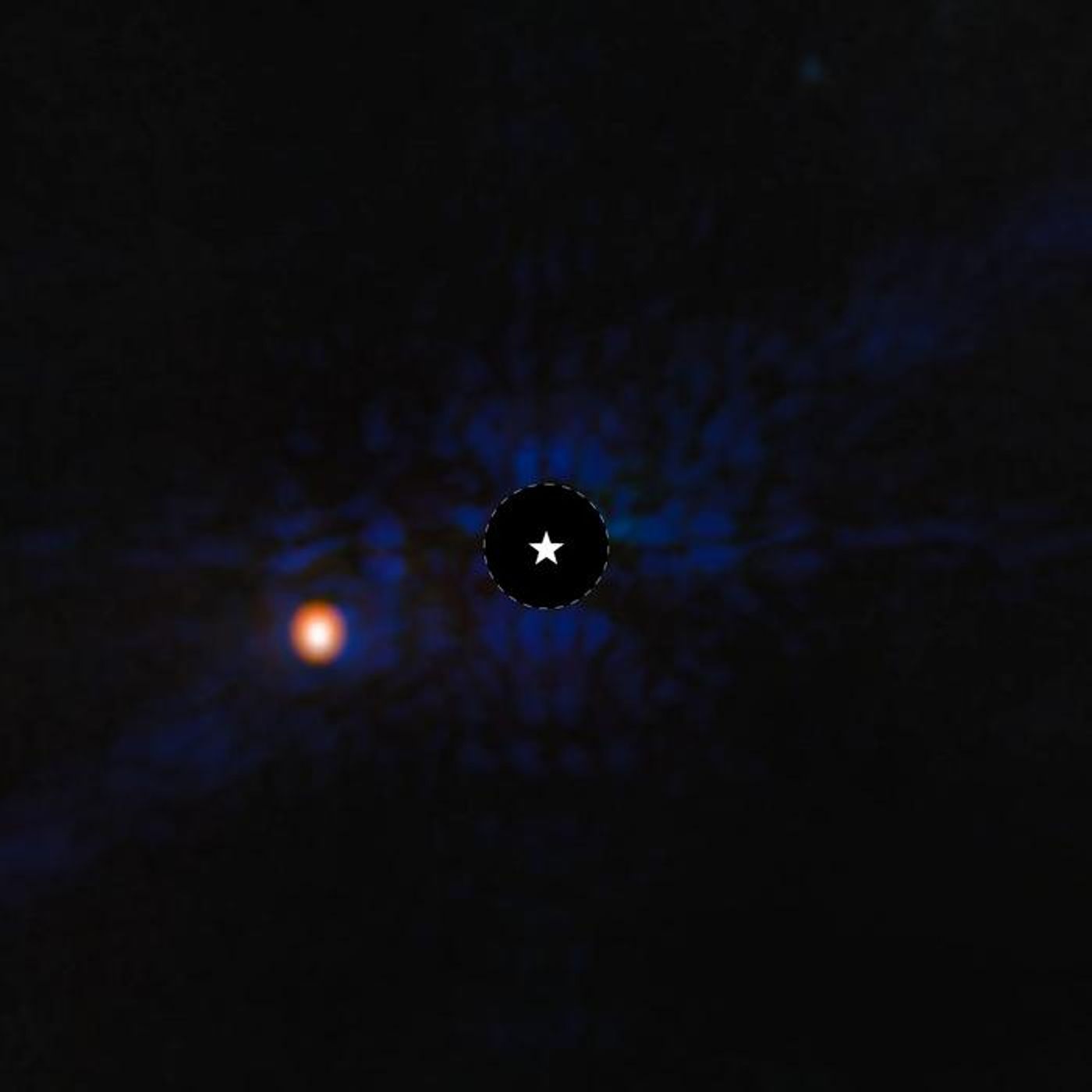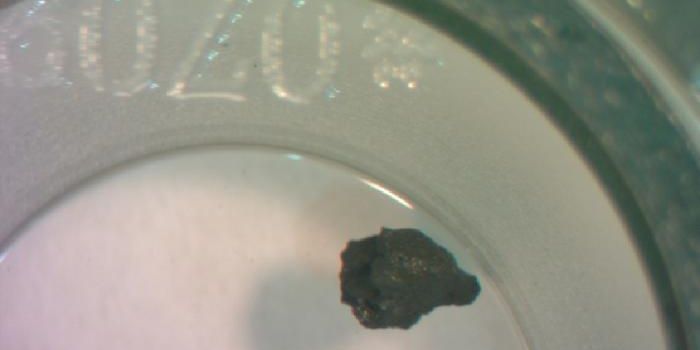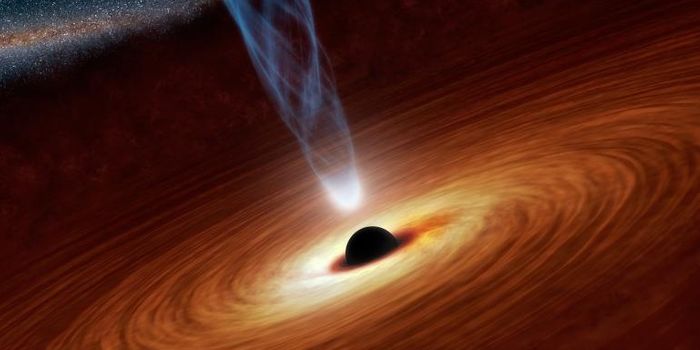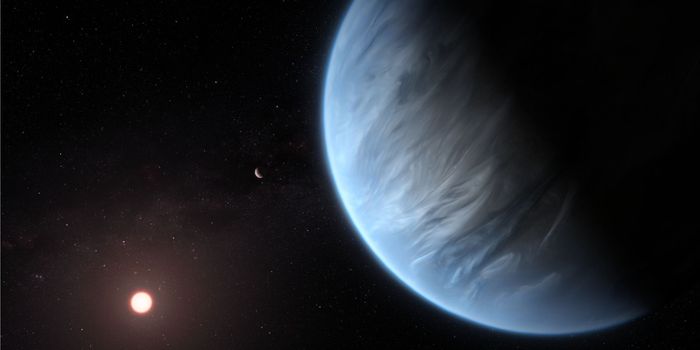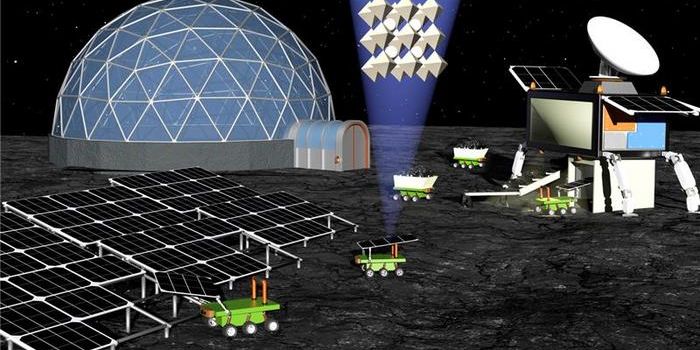Discovery of Epsilon Indi Ab: One of the Coldest Imaged Exoplanets
How cold are exoplanets? This is what a recent study published in Nature hopes to address as a team of international scientists investigated Epsilon Indi Ab, which is located approximately 12 light-years from Earth and whose radius is slightly larger than Jupiter and just over three times as massive. What makes this study unique is this it was observed using the direct imaging method, which has only been conducted on approximately 25 exoplanets to date, and could help astronomers better understand the formation and evolution of not only Epsilon Indi Ab, but countless other exoplanets, as well.
Discovered in 2019, astronomers previously hypothesized the planetary properties of Epsilon Indi Ab based on data at the time. For this recent study, astronomers used JWST’s Mid-Infrared Instrument (MIRI) and its coronagraph to directly image Epsilon Indi Ab, revealing much different properties while also identifying the planetary temperature of approximately 35 degrees Fahrenheit, making Epsilon Indi Ab the coldest exoplanet to date. Additionally, Epsilon Indi Ab was also found to have high metal contents within its atmosphere, specifically a high carbon-to-oxygen ratio.
Direct image of Epsilon Indi Ab obtained by NASA’s James Webb Space Telescope with its parent star depicted by the star and dashed outline in the middle of the image. (Credit: NASA, ESA, CSA, STScI, E. Matthews (Max Planck Institute for Astronomy))
“This discovery is exciting because the planet is quite similar to Jupiter — it is a little warmer and is more massive but is more similar to Jupiter than any other planet that has been imaged so far,” said Dr. Elisabeth Matthews, who is a postdoctoral researcher at the Max Planck Institute for Astronomy in Germany and lead author of the study.
In addition to its size similarities, Epsilon Indi Ab orbits its K-type star—which is smaller but approximately the same age as our Sun—at 11.55 astronomical units (AU). For context, Jupiter orbits our Sun at approximately 5.2 AU while Saturn orbits at approximately 9.5 AU, with Uranus orbiting much farther out at approximately 19 AU. While Epsilon Indi Ab was initially discovered using the radial velocity method, the direct imaging method enabled astronomers to conduct more precise measurements of its size, orbit, and atmospheric makeup.
How will Epsilon Indi Ab help astronomers better understand exoplanets in the coming years and decades? Only time will tell, and this is why we science!
As always, keep doing science & keep looking up!
Sources: Nature, NASA, EurekAlert!
